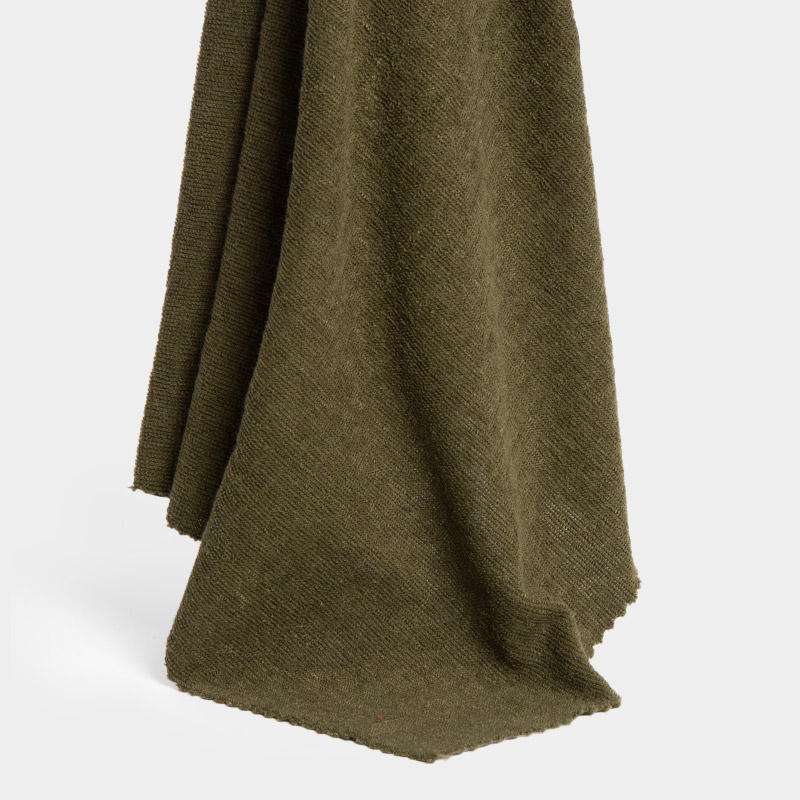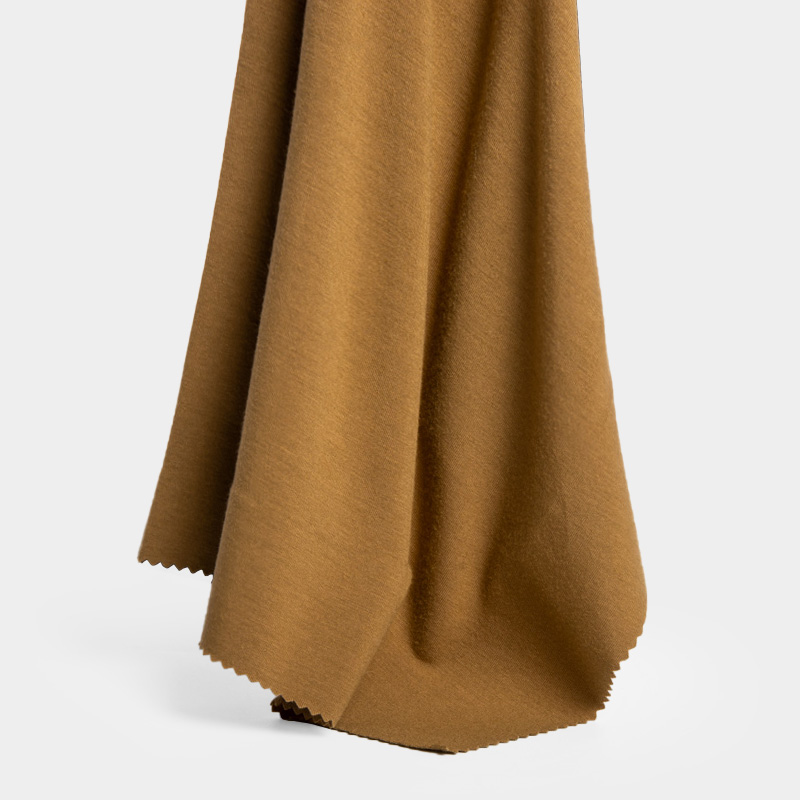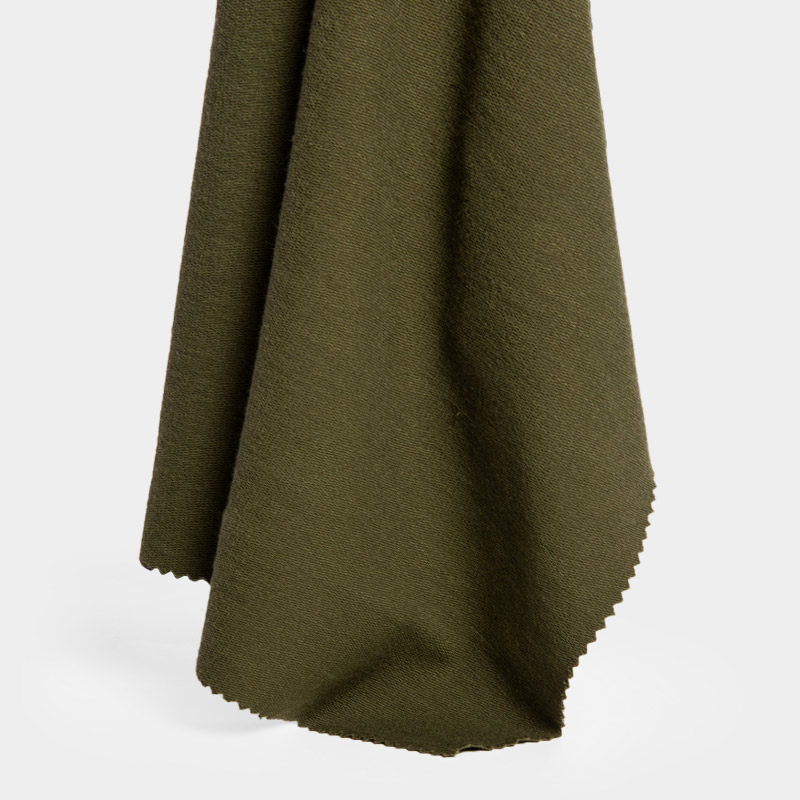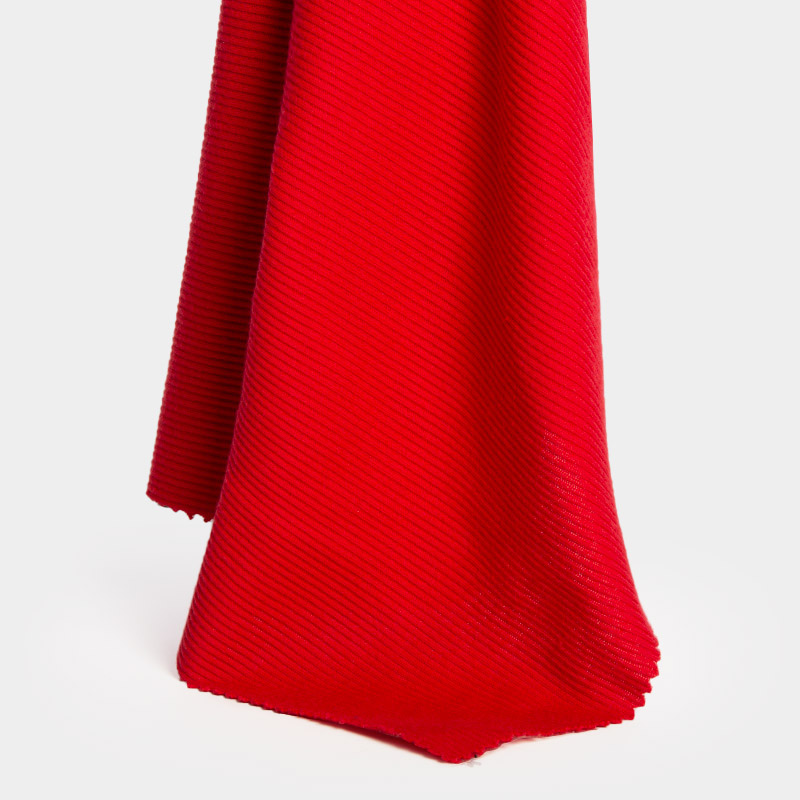Exploring Nylon Flame Resistant Fabric: What You Need to Know

Is nylon material flame retardant
While nylon is recognized for being tough and adaptable as a material, it doesn’t naturally resist flames on its own. This implies that without any processing or changes, nylon can easily ignite and burn fast if it comes into contact with fire. The flammability of nylon can create safety concerns, especially in places where the risk of fire is high.
Factors Influencing Fabric Flammability
The ability of fabrics to catch fire is influenced by factors, such as the material types and fabric weaves used in making them, and their surface textures and garment designs play a role too in determining their flammability levels. Understanding these aspects can assist in choosing the materials for situations where flame retardant is important.
Types and Weave Structures of Fabrics
The way a fabric is woven plays a role in how easily it catches fire. The different weaves result in different densities and textures that impact the fabric’s burning speed.
Plain Weave
Plain weave is the simplest and most common type of textile weave. It involves interlacing warp and weft threads in an alternating pattern. This structure provides a uniform surface but may not significantly enhance flame resistance unless combined with other treatments.
Twill Weave
Twill weaving forms a slanted ribbed design, by letting the weft thread go over one or more threads before passing under one or more warp threads. This method enhances the fabric’s thickness. May provide a slight boost in fire resistance when compared to a basic weave pattern.
Satin Weave
The satin weave stands out for its threads visible on the fabric’s surface, which give it a sleek and shiny look despite potentially making the fabric more susceptible to catching fire due to fewer cross points between threads.
Surface Texture of Fabrics
The surface feel of fabric greatly affects how easily it catches fire; smoother surfaces ignite quicker than textured ones, as they offer resistance to flames spreading. On the other hand, textured surfaces can block the fire’s path and might slow down its spread.
Design Aspects of Fabric Garments
The way clothes are designed using fabrics can affect how easily they catch fire as well. When clothes are loose and have space for air to get through them they tend to burn quicker, than tight-knit designs that don’t allow as much airflow to pass through them. Also wearing layers of clothing can offer an added layer of safety by forming barriers that help slow down the spread of heat.
Principles Behind Nylon Flame Resistant Fabric
Several methods have been created to make nylon fabric resistant to flames to tackle the flammability problems that come with using nylon material. These methods involve using chemical treatments and mixing nylon with fibers known for their flame-resistant properties.
Chemical Treatment Processes
Chemical processes include the application of flame-retardant substances to nylon textiles either during manufacturing or afterward for added protection against fire hazards. These substances function by creating a layer that shields the fabric when subjected to heat or by releasing gases that prevent combustion reactions. A notable illustration is the Cotton/Nylon flame retardant material that undergoes treatment with chemicals to boost its safety attributes while preserving its desired physical characteristics, such as durability and comfort.
Inherent Flame Resistance in Nylon
Fabrics with flame resistance are those that naturally resist fire due to the materials they are made of or how they are manufactured without needing extra chemicals added to them for protection against flames. Have you heard of flame-retardant fabric? It is created by spinning fibers that naturally resist flames into yarn and then weaving them into textiles. These fabrics not only withstand wear and tear well but also can handle high temperatures and be washed easily. They’re also resistant to acids and alkalis making them perfect for clothing in industries, like metallurgy and chemicals.
Blending nylon with naturally flame-resistant fibers can improve safety features effectively while maintaining the durability and comfort that nylon offers. This method is utilized in Cotton/Nylon flame retardant fabric, which consists of 88 percent cotton fiber and 12 percent nylon fiber to enhance protection against sparks and metal droplets in industrial environments frequently.
Comparing Nylon Fabric with Other Materials

Nylon vs. Polyester Fibers
Durability and Strength Comparison
When we look at nylon and polyester fibers side by side in terms of their qualities and characteristics, are both known for their durability and strength which makes them useful. For purposes, Nylon tends to outperform polyester regarding resilience and flexibility and usually can withstand more pressure and stretching before reaching its breaking point, so it is commonly preferred for applications that demand lasting toughness.
Flammability Characteristics
When it comes to flammability risks with nylon and polyester fibers, they are not naturally flame-resistant materials. Nylon tends to melt and catch fire at lower temperatures than polyester does. Therefore, both materials require extra flame retardant processes to improve their safety properties.
Nylon vs. Cotton
Comfort and Wearability
Cotton and nylon fabrics provide varying levels of comfort and durability for clothing item wearers in different ways. Cotton is well known for its softness and ability to allow the skin to breathe while also absorbing moisture effectively; these qualities make it a popular choice for clothing due to its high comfort level. On the other hand, nylon is lightweight, with a smooth texture though it may not offer the same breathability as cotton does.
Heat Resistance
Usually cotton is more resistant to heat compared to nylon since it forms char instead of melting under high temperatures. Nevertheless, the Cotton/Nylon flame retardant fabric merges the advantages of both materials to boost heat resistance while ensuring comfort. The fabric blend comprises 88 percent cotton fibers and 12 percent nylon fibers for increased defense against heat exposure.
Applications of Nylon Flame Resistant Fabric
Firefighter Protective Clothing
Benefits in Extreme Conditions
In situations where flames are prevalent, firefighter gear crafted from fire-resistant nylon fabric provides substantial advantages due to its ability to endure tough conditions and offer essential safeguards against fire risks.
Maintenance and Care Tips
To keep flame-resistant nylon firefighter gear in top condition and ensure its effectiveness during emergencies, it’s crucial to regularly check for any wear or damage signs and follow the recommended washing methods provided by the manufacturer to maintain the flame retardant properties intact.
Outdoor Waterproof Gear
Enhancements in Safety
Nylon flame resistant outdoor fabric improves safety without sacrificing important features like water resistance and breathability, making it perfect for outdoor enthusiasts who seek dependable protection against potential fire hazards while out on their adventures.
Versatility in Outdoor Environments
Nylon flame resistant fabrics versatility goes beyond just safety improvements. It also offers flexibility in different outdoor settings thanks to its lightweight design and strong protection against moisture and outdoor ignition risks.
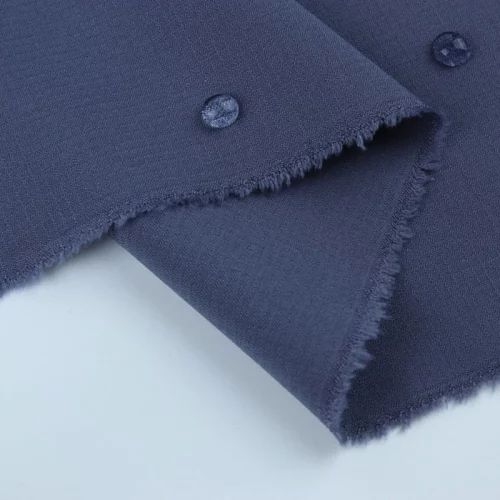
Exploring BEGOODTEX Nylon Flame Resistant Fabric
BEGOODTEX has created flame-resistant fabrics that naturally resist fire due to their fiber makeup, and they are made without needing extra chemicals added in the process. These fabrics are durable and can handle high temperatures well. They are easy to wash and can withstand acids and alkalis. This makes them perfect for clothing in industries, like metallurgy and chemicals.

